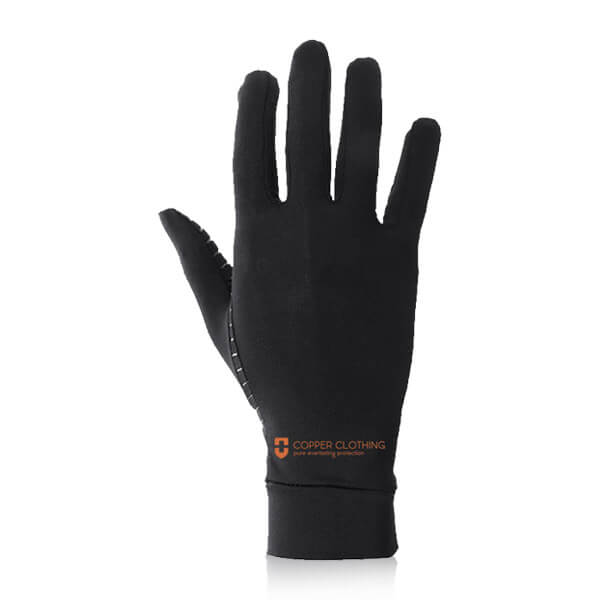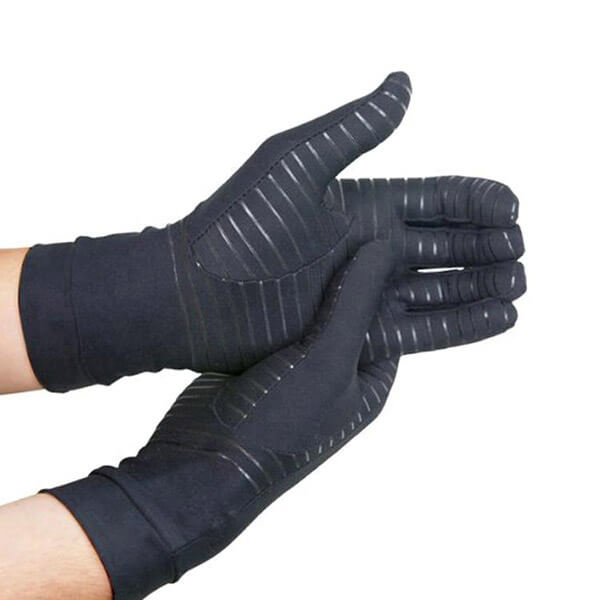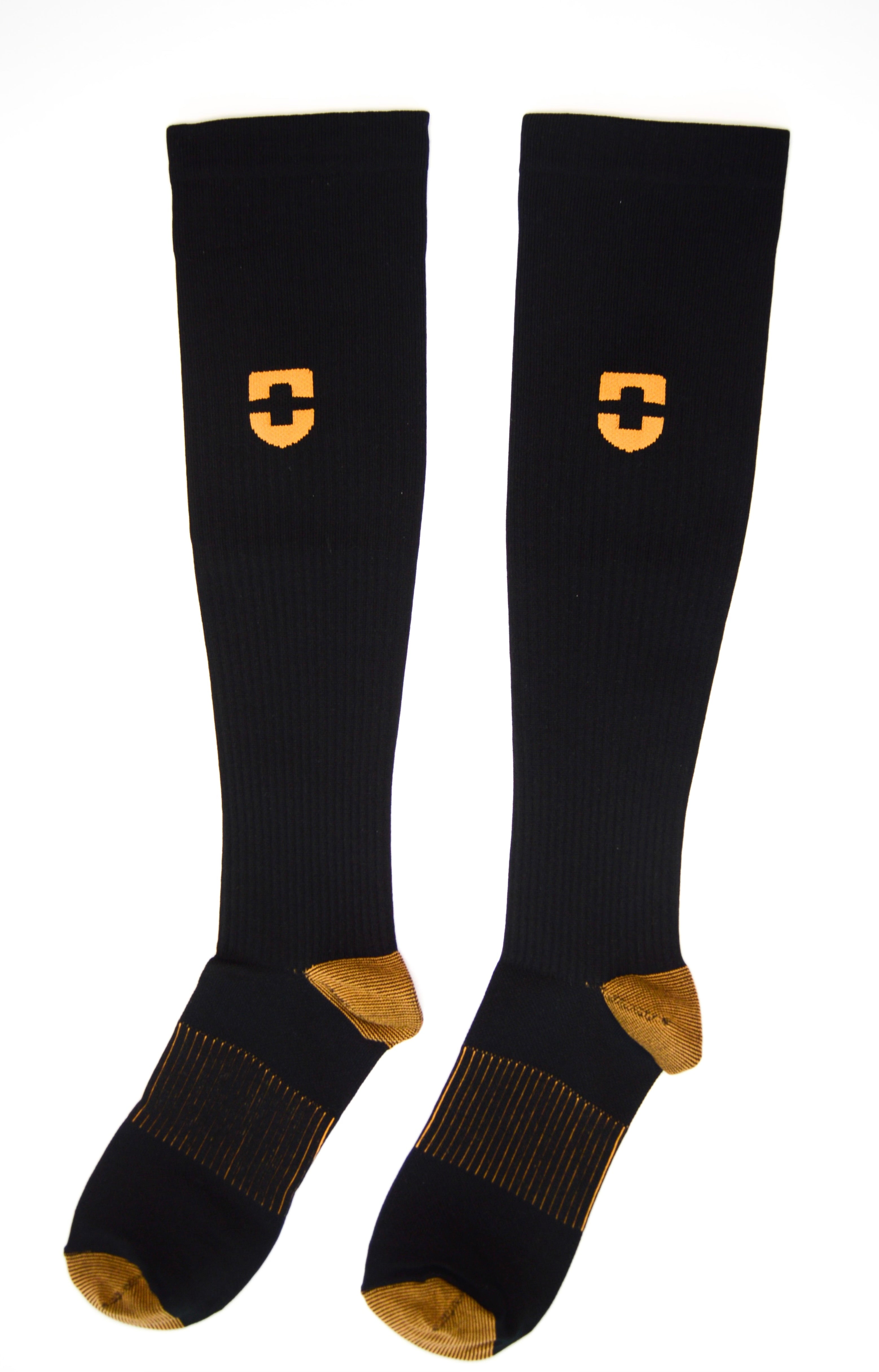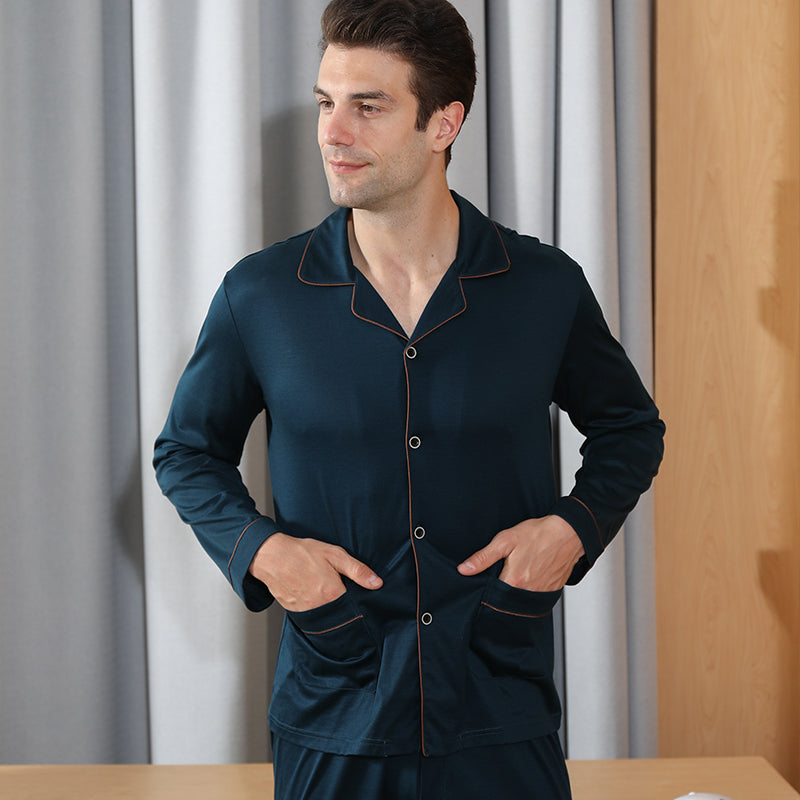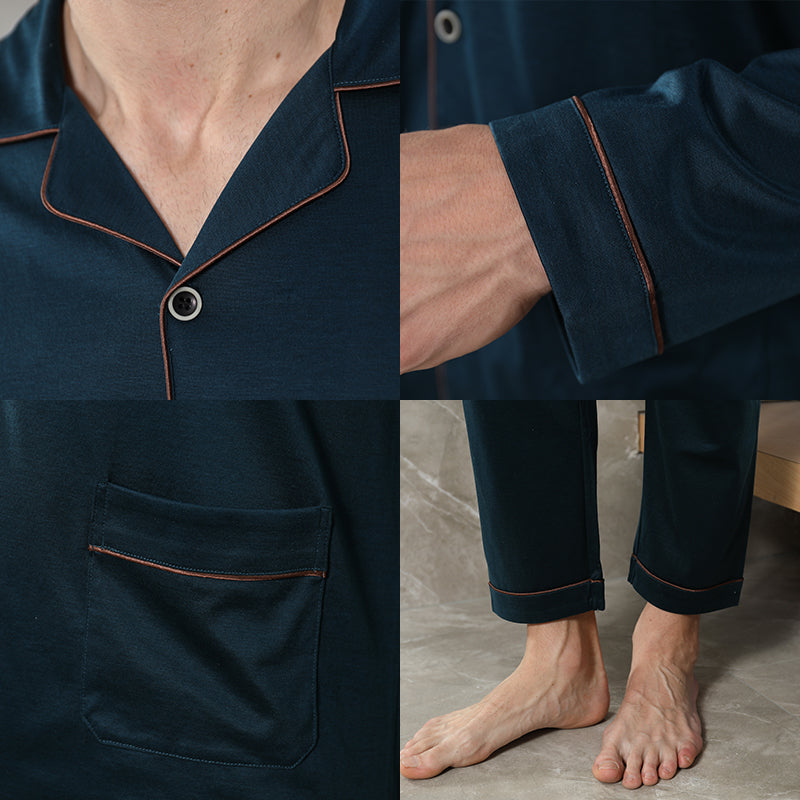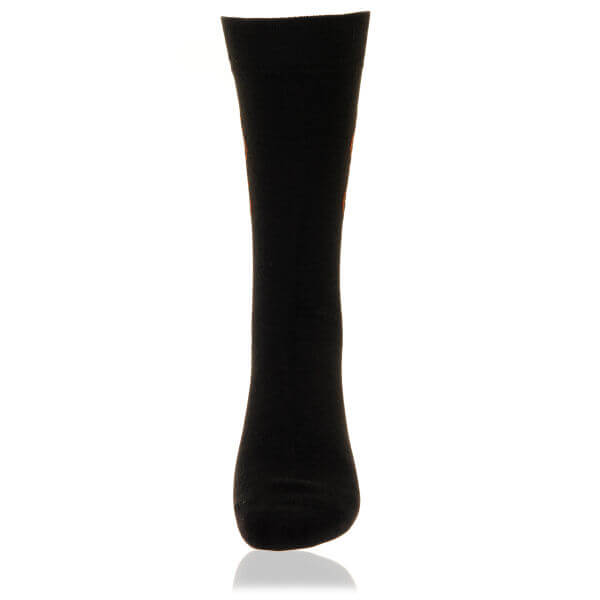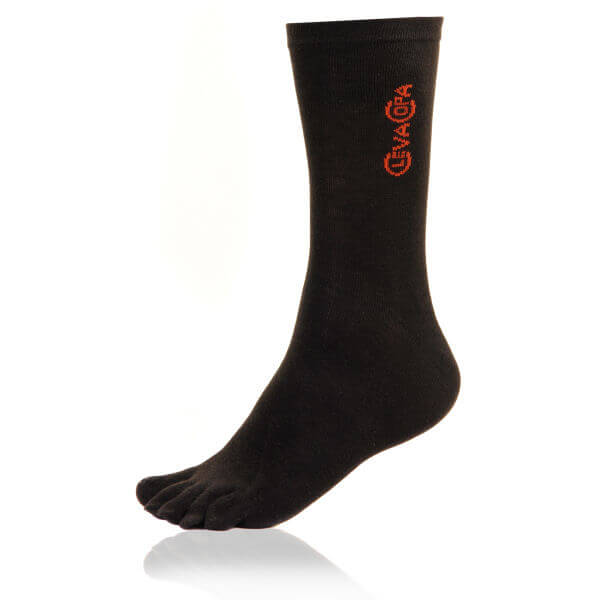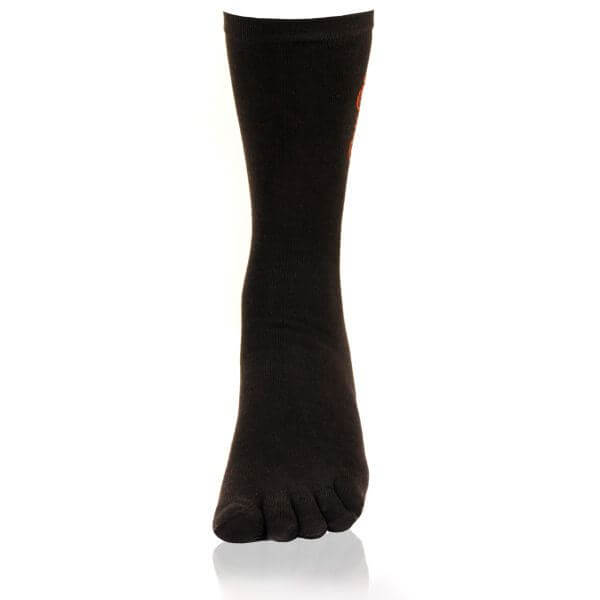Sedentary Lifestyles: What It Is and How You Can Contain Its Long-Term Effects
Published
May 16 2018
Stay up to date on Copper Product releases & deals.
Subscribe to Our Monthly Newsletter for Deals on Product Delivered to Your Inbox!
According to studies published by WHO, 60-85% of people in the world lead sedentary lifestyles, making it one of the more serious yet insufficiently addressed public health problems of our time. What’s more worrisome is that these numbers also include children who are insufficiently active. Sedentary lifestyles are known to increase mortality rates, double the risk of cardiovascular diseases, obesity, lipid disorders as well as depression and anxiety to name a few! But, that’s not all! The sedentary lifestyles led today are also being impacted by other lifestyle habits like excessive smoking and drinking. This is why health organizations around the world are constantly advocating the need for some form of aerobic exercise for about 180 minutes per week, plus muscle-strengthening activities every now and then!
How to Successfully Contain the Long-Term Effects of a Sedentary Lifestyle
Now think about a typical day in your life. You’ll think about all the work you’ve done, all the running around that was required and how you can’t wait to kick back and relax. Now, really think about it. How much time did you really spend moving around and how much time did you spend sitting at your desk or during your commute? The latter will definitely surpass the former, won’t it? This is because the connected lifestyle you lead also requires you to be stationed at your desk at all times! While sitting may not seem harmful at first, it has negative effects on your body in the long run. Those include:
- Poor circulation
- Numbness and weakness in the limbs
- Recurring swellings (due to poor circulation)
- Postural defects
As you can see, the root of the problem in this case is poor circulation due to lack of mobility. While you can incorporate exercises and various activities in your daily routine to help reduce the impact of a sedentary lifestyle, you must also look for other alternatives to help supplement your effort!
Copper Compression Socks – A Surefire Way to Boost Blood Circulation
Since poor circulation in the limbs is one of the main issues most people face due to their sedentary lifestyle, compression wear is a great way to boost blood circulation. But, simple compression gear will only be able to provide the benefit of graduated compression. Copper compression socks, on the other hand, couples the benefits of graduated compression with the healing power of copper to reduce damage caused due to poor circulation.
The copper-infused fabric will ensure anti-microbial protection while promoting soft and healthier skin, thus reducing numbness and weakness in the limbs. The graduated compression provided by the copper socks will help boost intra-venous blood flow and help avoid problems like DVT, varicose veins and spider veins. So, simply wear copper compression socks and copper hand gloves to ensure proper blood flow in your lower extremities in spite of all that sitting and copper compression gloves to keep your hands protected from strain, especially if you constantly electronic devices.
What are the Tips to Increase Overall Mobility?
Here are 6 Tips to Help Increase Your Overall Mobility:
-
Take the Stairs
Pick the staircase over the elevator every chance you get! Climbing the staircase as opposed to riding the elevator is a great way to sneak in a quick exercise and contribute to your daily physical activities, and it doesn’t take up any additional time either!
-
Try a Standing Desk
If a lot of your work requires you to stay put in one place in front of a screen, you can mix things up by trying a standing desk instead of your regular desk. Maybe take your next conference call at a standing desk to break the monotony or even conduct a standing brainstorming session!
-
Make Good Use of Your Break
While most of us spend our breaks indulging in random water cooler conversations, you can use the same time to go outside and take a walk to refresh your mind and catch a breath of fresh air!
-
Set Reminders
If you’ve tried everything and failed, simply use your phone or any other handy electronic device to set a reminder to take a “healthy” break. You could walk around for a bit, perform some posture correction exercises at your desk, such as shoulder shrugs or shrugs to get your blood flowing!
-
Park Your Car Away From Your Office
While everyone is vying for the spot closest to the office, try taking one away from the office to incorporate a quick walk right before work into your schedule!
-
Stretch It Out
Last but not least, stand up and stretch every now and then. Sitting hunched over your laptop all day can leave you with a horrible back and neck ache, and can affect your posture in the long run. Stretching is a great way to fight such aches and release stress instantly!
Simply incorporate these 6 tips into your daily routine and within no time you will start to feel more relaxed as these tips also work on stress in a similar fashion. So, not only will you be left feeling relaxed but will also have more energy to tackle that “never-ending” to-do list!











